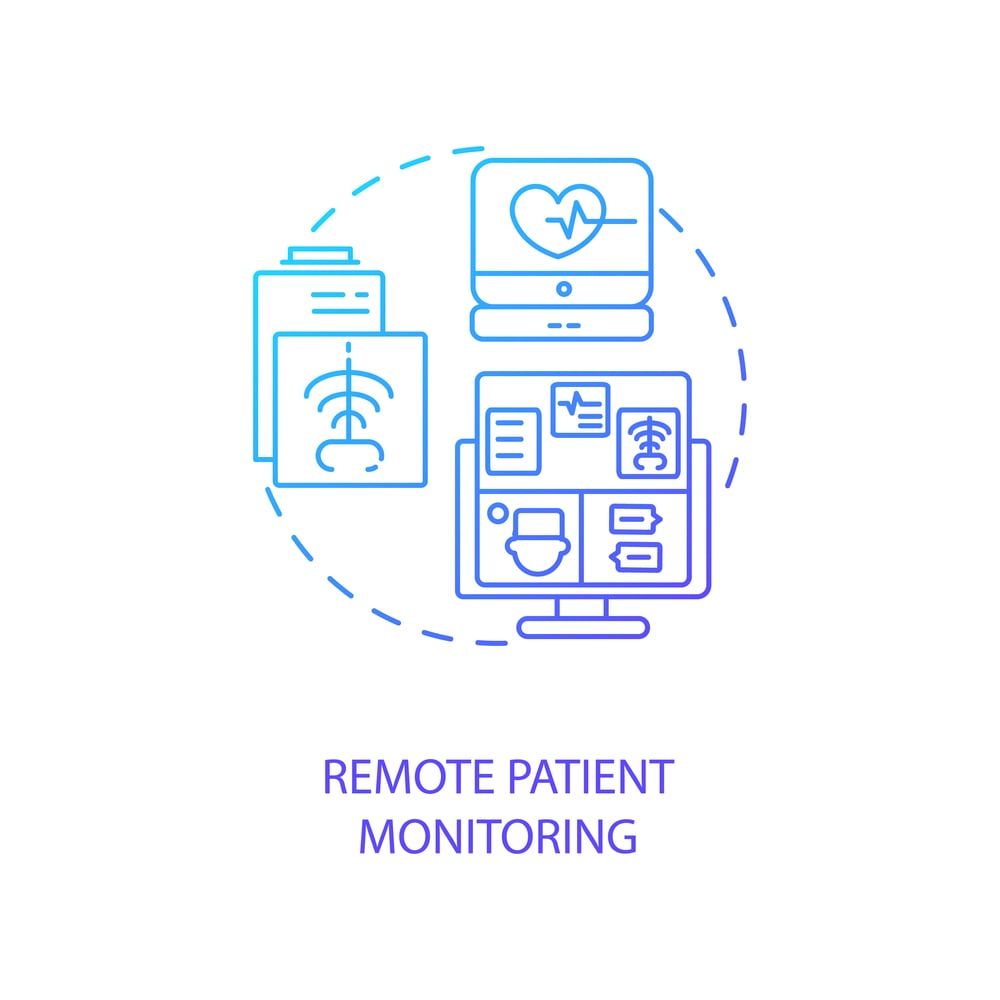
Transforming Healthcare: The Impact of Remote Patient Monitoring Solutions
Remote Patient Monitoring (RPM) has emerged as a game-changer in healthcare, revolutionizing how patients receive care and how healthcare providers manage and monitor health conditions. This innovative approach utilizes technology to bridge the gap between patients and healthcare professionals, enhancing accessibility, efficiency, and overall patient outcomes.
Bridging the Distance with RPM
Remote Patient Monitoring serves as a vital bridge between patients and healthcare providers, especially in situations where physical proximity poses challenges. Through the use of connected devices and digital platforms, healthcare professionals can remotely monitor and manage the health of patients, providing timely interventions and support.
Continuous Monitoring for Chronic Conditions
One of the key advantages of RPM is its ability to provide continuous monitoring for individuals with chronic conditions. Patients with conditions such as diabetes, hypertension, or heart disease can benefit from real-time tracking of vital signs, enabling healthcare providers to detect potential issues early and adjust treatment plans accordingly. This proactive approach contributes to better disease management and improved quality of life.
Wearable Technology in Remote Monitoring
Wearable technology plays a pivotal role in the success of Remote Patient Monitoring. Devices like smartwatches, fitness trackers, and other wearables enable individuals to track their health metrics seamlessly. These devices transmit data to healthcare providers, offering a comprehensive view of the patient’s health status without the need for frequent in-person visits.
Enhancing Post-Surgical Care
Remote Patient Monitoring is particularly beneficial in post-surgical care. Patients recovering from surgeries can be monitored remotely, reducing the need for frequent hospital visits. This not only enhances patient comfort but also allows healthcare providers to detect any post-operative complications early, ensuring a smoother recovery process.
Telehealth Integration for Comprehensive Care
The integration of Remote Patient Monitoring with telehealth services creates a comprehensive care ecosystem. Telehealth consultations combined with continuous remote monitoring offer a holistic approach to healthcare. Patients can have virtual appointments with healthcare providers, discuss their remote monitoring data, and receive personalized advice, creating a seamless and patient-centered experience.
Improving Medication Adherence
Remote Patient Monitoring contributes to improved medication adherence, a critical factor in managing chronic conditions. Automated reminders, coupled with the ability to track medication usage through connected devices, help patients stay on track with their prescribed regimens. This results in better disease control and reduces the risk of complications.
Data Analytics for Informed Decision-Making
The data collected through Remote Patient Monitoring is a valuable resource for healthcare providers. Advanced analytics tools analyze the vast datasets, identifying patterns and trends. This data-driven approach enables healthcare professionals to make informed decisions, tailor treatment plans, and intervene proactively based on the individual patient’s health trajectory.
Challenges and Privacy Considerations
While Remote Patient Monitoring offers significant benefits, it also presents challenges and privacy considerations. Securing sensitive health data, ensuring compliance with privacy regulations, and addressing potential cybersecurity risks are critical aspects that healthcare providers must address. Balancing technological innovation with robust privacy measures is essential for building trust in Remote Patient Monitoring solutions.
Future Outlook for Remote Patient Monitoring
The future of Remote Patient Monitoring holds promising prospects. Continued advancements in wearable technology, artificial intelligence, and connectivity are expected to enhance the capabilities of remote monitoring solutions. This ongoing evolution positions Remote Patient Monitoring as a cornerstone in the shift towards more patient-centric, accessible, and efficient healthcare.
Exploring Remote Patient Monitoring
To explore the transformative impact of Remote Patient Monitoring, visit Remote Patient Monitoring. As we navigate the evolving landscape of healthcare, Remote Patient Monitoring stands as a beacon of innovation, providing personalized and proactive care that transcends geographical barriers, improves patient outcomes, and redefines the traditional healthcare paradigm.
